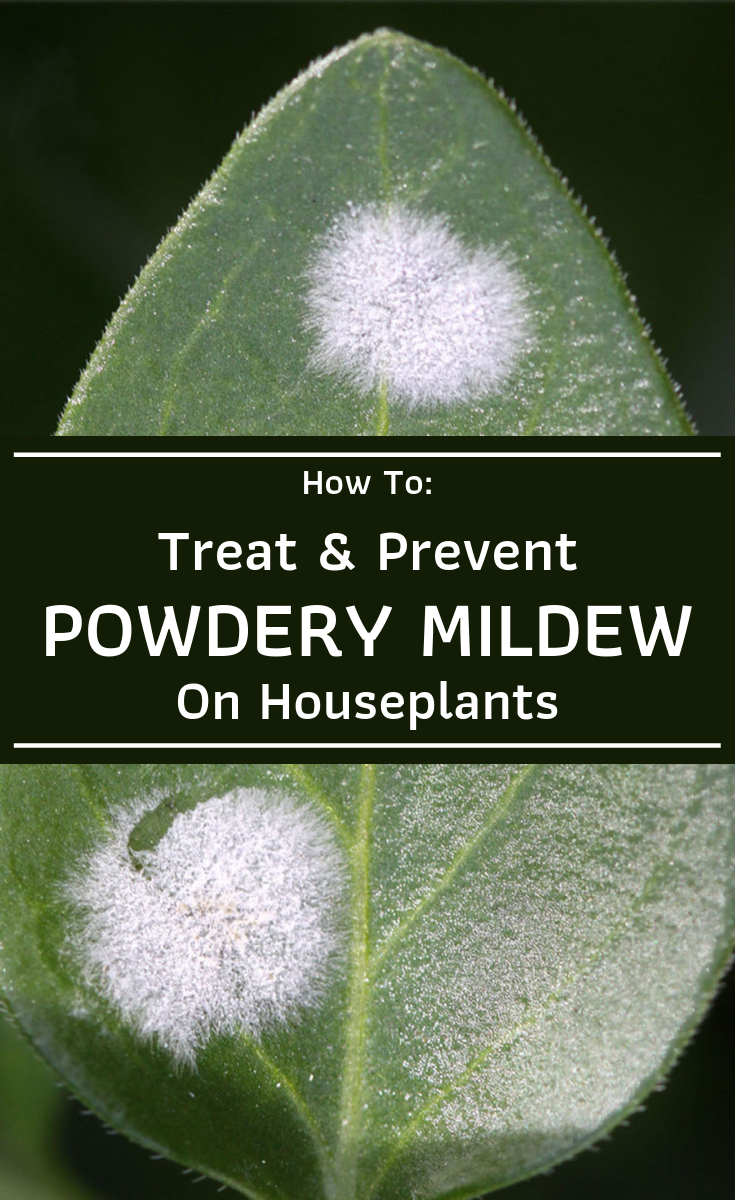Different fungi spores may get on plant’s leaves causing powdery mildew, a serious disease that leads to the wilting, and moreover to plant’s death. It lasts throughout the entire vegetation period of the plant. The fungi will resist from one year to another in buds or branches.
The first sign of the disease is the appearance of a white layer on its leaves, on both sides. Because of the disease the leaves will deform, twist and dry.
The fungi can also be installed on the stems and even the buds. Young shrubs are surrounded by some sort of whitish sleeve that is nothing more than a mycelial felt. When the disease progresses, the felt becomes yellowish! If you won’t act immediately, the shoots will wither and then dry. Those who manage to survive the attack don’t get enough lignification, and when cold will come they will suffocate and die.
The buds, once covered by the white dusty mildew won’t develop and won’t bloom. If the disease is installed on the already open flowers, they will deform.
Roses are among the most sensitive plant to powdery mildew. In their case, the disease is produced by a fungus called Sphaerotheca pannosa.
Care tips

- Once the signs of the powdery mildew attack appear, you should act immediately as the disease expands quickly.
- Cut the affected parts of the plant and don’t use them in compost. Theoretically it should be burned to make sure the fungi spores won’t reach on the leaves again. Only after removing the infested parts of the plant you will apply a fungicide treatment.
- If there are any plants around the infested plant, you should apply fungicide to these plants, also.
- Once you get rid of the plants, it’s important to prevent a new attack.
- Respect the distances between the plants so that they don’t get too close to each other. The watering water should be poured at plant’s root. Avoid it reaching the leaves, especially if the plants are crowded. Associated with poor air ventilation, it will create optimal condition for powdery mildew appearance.
- A plant that hasn’t been fortified with fertilizers will be vulnerable to the attack of these parasitic fungi.
- Always observe the dosage on the label. Nitrogen overdose will make the plant more vulnerable to powdery mildew.
Image Credits: Ucnfanews












0 Comments